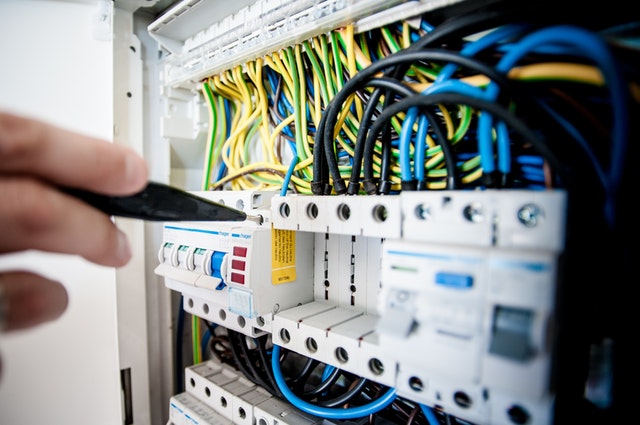Software Development
Create SSL Site At Your Localhost With MAMP/NodeJS In 5 Minutes
As a software developer, I usually found myself frustrated looking at the browser with the following notice when loading my local site: Yes, the infamous “Your connection is not private notice”. You can bypass that by typing “THISISUNSAFE” in Chrome/Edge. However, a hack is still a hack. You deserve a good solution. Today, I’m the […]


